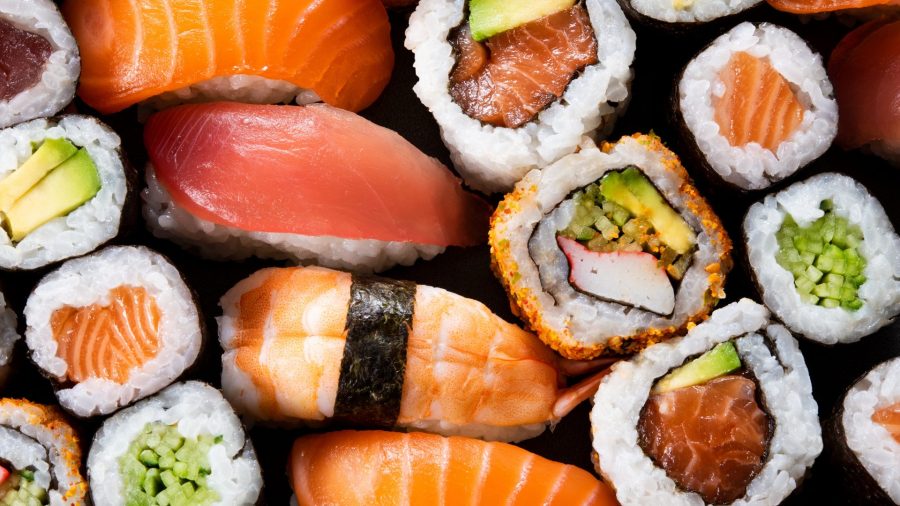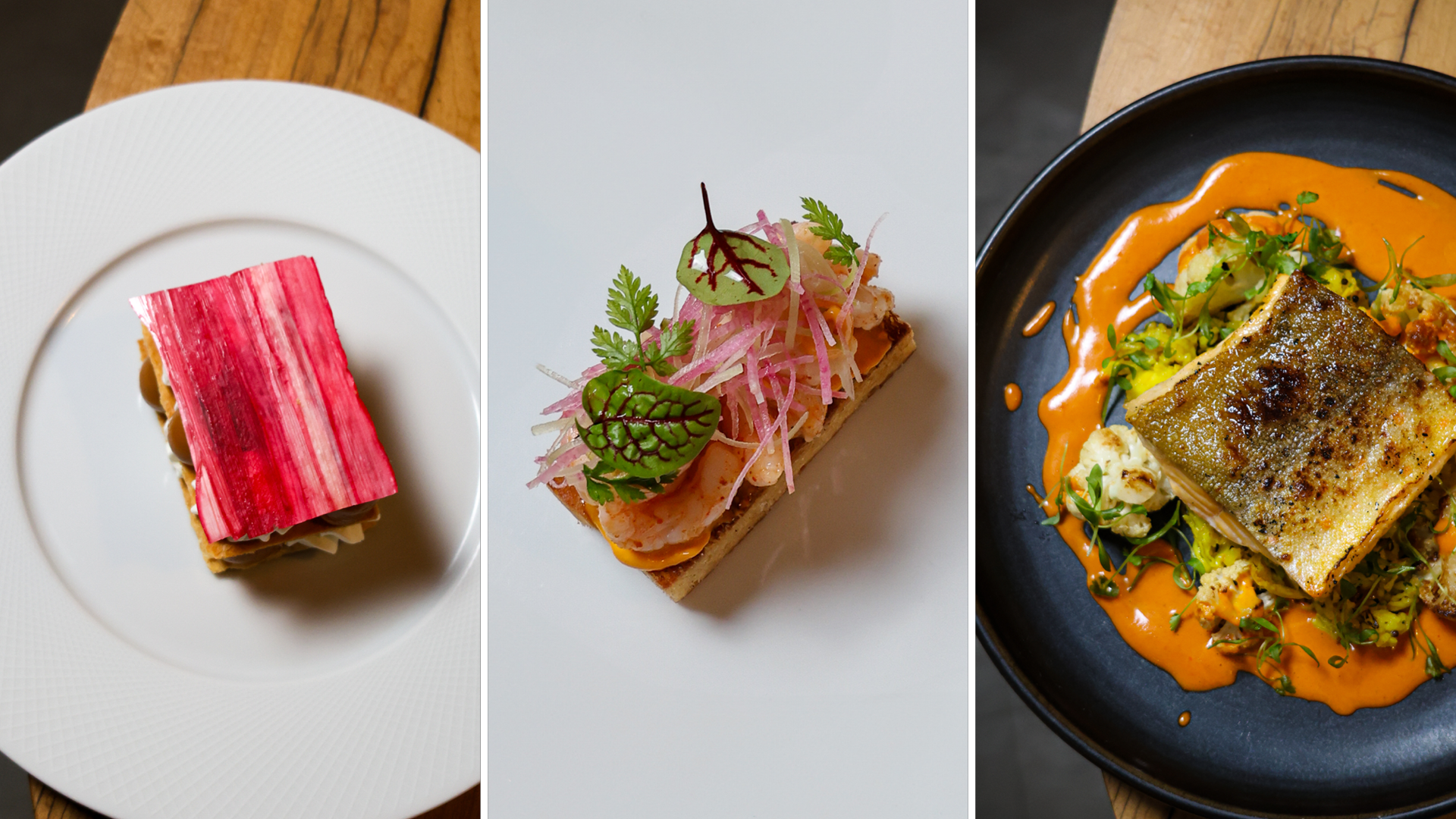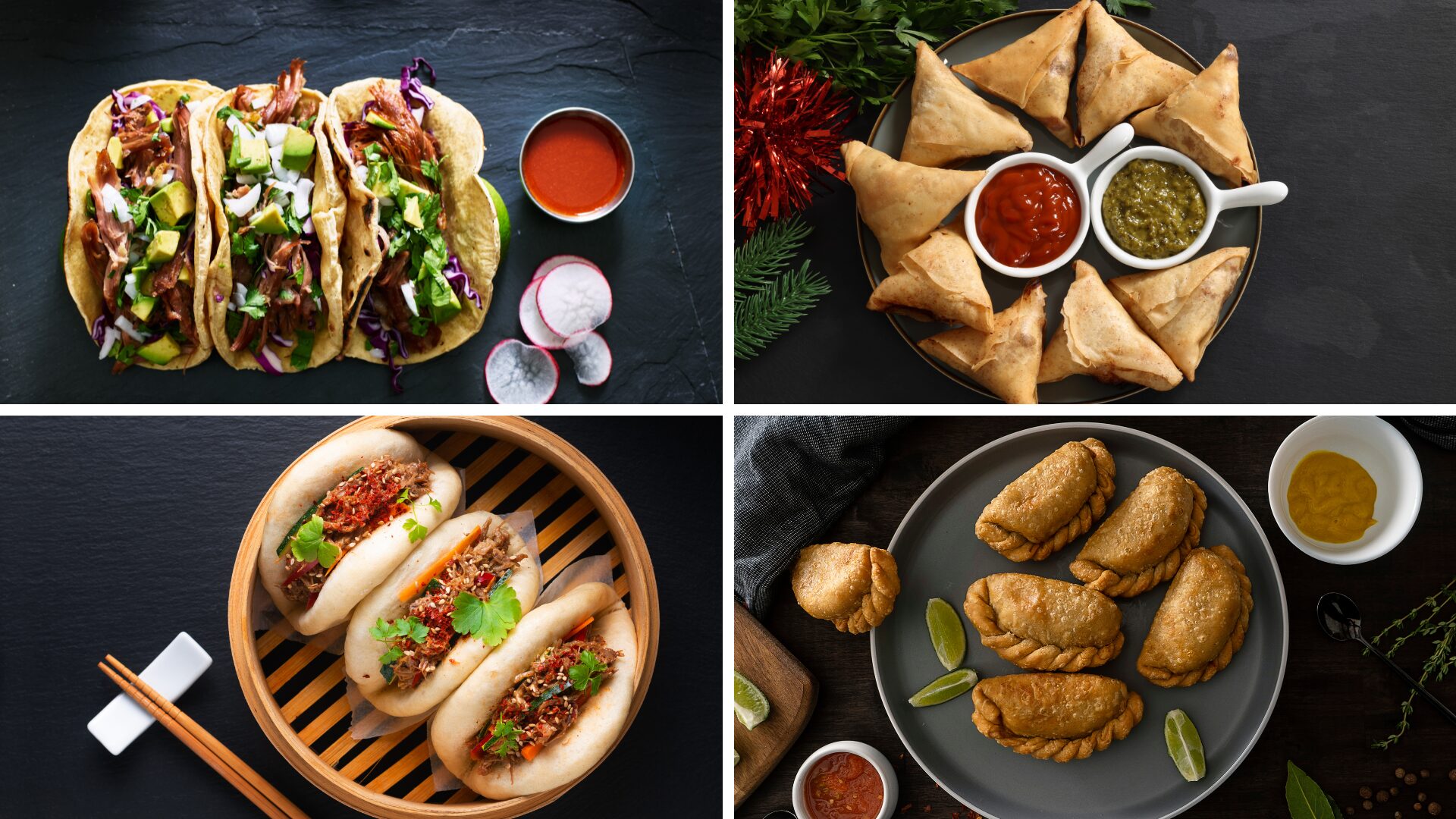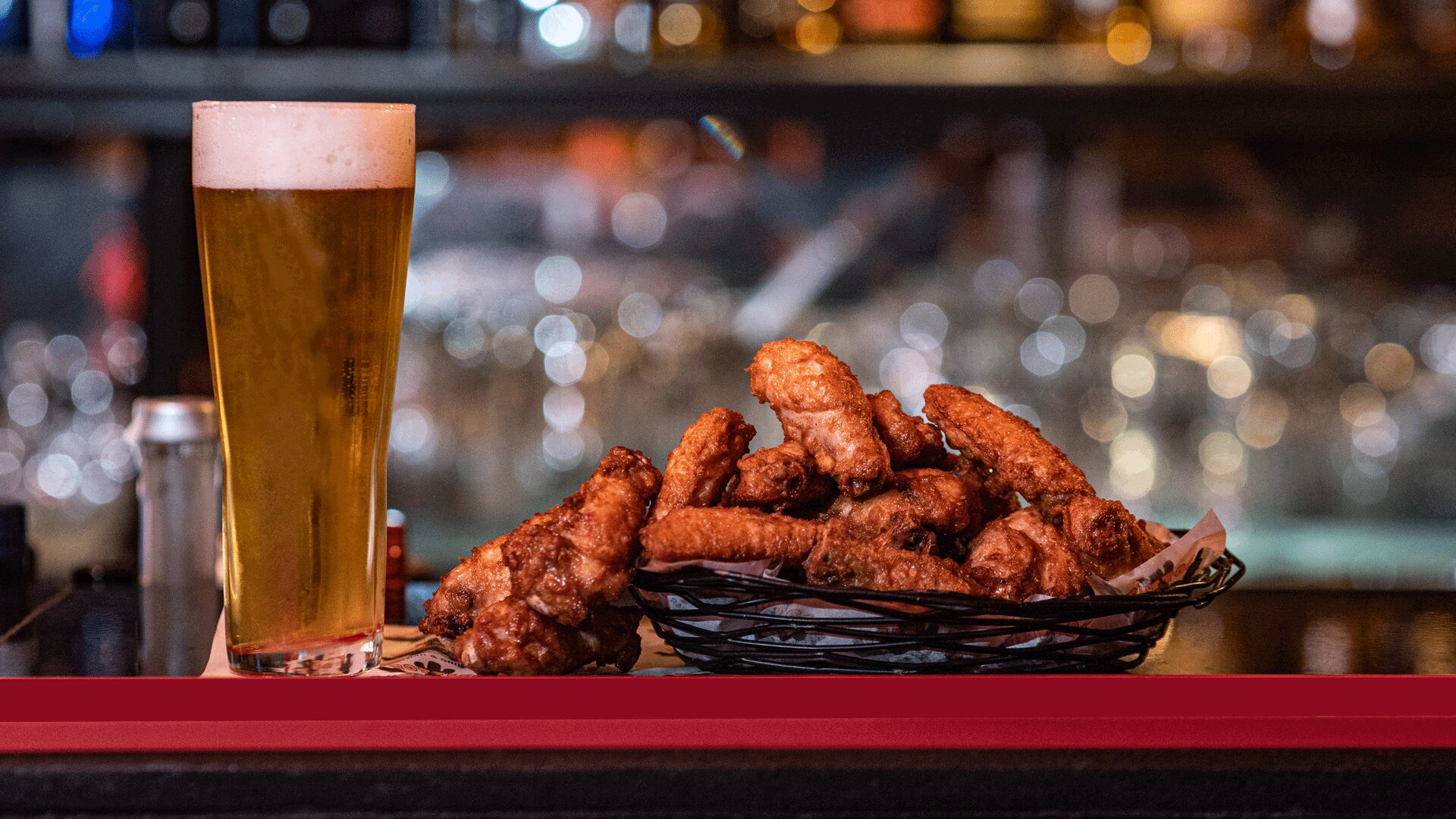In America, the sushi business is booming. Yet, industry leaders like Taka Tanaka know change is on the horizon, creating uncertainty.
Though America has a growing appetite for sushi – the segment is expected to increase by 23.9% this year in the U.S., per IBISWorld – dwindling fish populations are forcing restaurants to adapt. Japanese wild eels are currently listed as endangered, for example, prompting some restaurants to source American fish that are often less popular with customers.
“Over time, I believe we’ll see changes in the types of fish that will be served at sushi restaurants; fish that we love will – or already have – become a rarity, and pricier as a result,” Tanaka, the CEO of AUTEC, told The Food Institute. “We’re already experiencing this. Because of these high costs, restaurants are starting to turn to omakase-style restaurant operations [serving whatever fresh fish are available each day] instead of ala carte, to ensure profitable sales.”
Sushi chefs throughout the U.S. are searching for ways to source sushi more sustainably, by utilizing easy-to-find fish like American catfish, or even ingredients such as silky eggplant to replace barbecued eel, reported Bon Appetit (April 22).
Some restaurants focused on environmentally friendly ingredients are even using invasive species like Asian shore crabs in sushi, while others are turning to sustainably managed fisheries like American Unagi in Maine for sourcing products like eels.
NOTEWORTHY NUMBERS
These days, sushi is a $27.5 billion industry in the U.S. Meanwhile, the global sushi industry is projected to grow nearly 3% – or $2.49 billion – by 2025, reported Bon Appetit. Yet, as they’re acknowledging the realities of overfishing (and possibly climate change), American sushi restaurants may need to adapt their practices to ensure their survival.
More than one-third of the planet’s fish stocks are being caught at biologically unsustainable levels, according to the UN’s Food and Agriculture Organization. Meanwhile, illegal, unreported, and unregulated seafood accounted for around $2.4 billion in U.S. imports in 2019, according to the U.S. International Trade Commission.
“I think it’s important to be conscientious about what type of fish you serve, for the future of our ocean,” said Tanaka, whose company, AUTEC, is a commercial sushi robot provider and partner to upscale grocers, sushi restaurants, and universities.
SCIENCE STEPPING IN
Another option for sourcing sushi in the not-to-distant future, “seems straight out of a science-fiction book,” Tanaka noted. Companies like San Diego-based BlueNalu – which raised $60 million last year – are working diligently to produce lab-grown fish by cultivating cells from traditional aquatic species. All told, there are at least a dozen other start-ups developing plant-based or cell-grown seafood around the world, reported Bon Appetit.
Additionally, multiple companies, like Vegan Zeastar, and Ocean Hugger Foods, are creating vegan options usable for sushi, Tanaka noted.
“As technology continues to exponentially advance, I’m hopeful that more sustainable and accurate substitutes for the fish we know and love will quickly become available,” Tanaka added.












